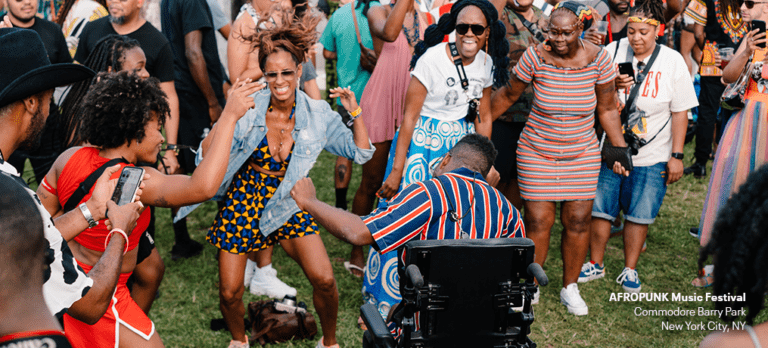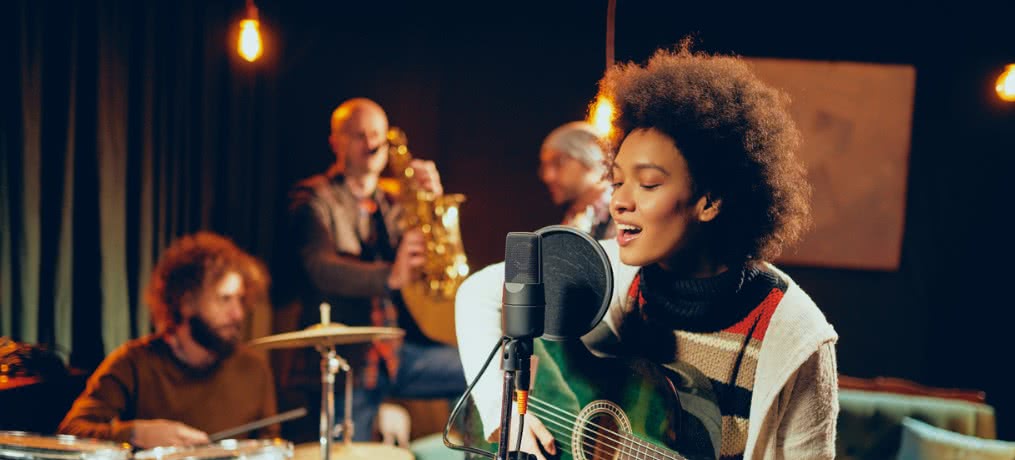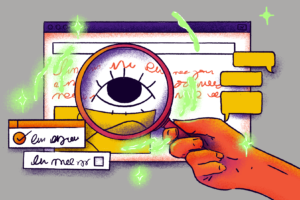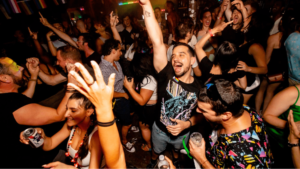From racial diversity to gender equality and gay and trans rights, the collective continues to move toward progress and inclusion — and its proven to lead to bottom line impact. In fact, 81% of creators agree that promoting events to a more diverse audience is a smart way to sell more tickets.
Inviting more people to the table is the first step, but making everyone feel welcome is another. People look for subtle cues about whether they belong, and you’ll have a hard time getting repeat attendees if you aren’t careful to make everyone feel included. Here’s how to be intentional about inclusion when planning events:
Plan for diversity within your speakers, entertainment, and food
You can’t cater to a diverse audience with the same old entertainment. Switch things up to make sure you give everybody a little taste of what they like. 48% of creators already plan for diverse entertainment and talent.
Consider adding variety to your:
- Speaker line up: Make sure the topics covered and the experts addressing them represent an array of backgrounds, ethnicities, and a balance of genders.
- Dietary options: Consider dietary restrictions and cultural preferences. 30% of creators already offer diverse eatery options.
- Talent line up: Different artists will cater to and draw different crowds. Consider underrepresented talents and reach out to outliers for recommendations.
- Venue: From accessibility access to parent-friendly considerations, you must walk the inclusivity walk if you want your event to be taken seriously.
Promote diversity in all communications
Make it known up front that everyone is welcome and that there is zero tolerance for disrespecting guests, vendors, or staff or at your event. Consider:
- Making your commitment to diversity clear: Use signage with inclusive wording to make your focus on inclusivity explicit
- Establishing a code of conduct: Join 32% of creators that have a dedicated code of conduct and share via your website or email
- Using inclusive fields on registration forms: Expand the standard “male or female” drop-down to other gender identity terms such as “transgender, genderqueer,”, or “gender non-conforming.” 20% of event creators have already implemented this.
Grant access to those who otherwise would not have it
Being fair minded isn’t just about diversity in ethnicity and gender. Consider the economic backgrounds of your potential attendees and think about those who may not be able to pay full price for the experience. Think about:
- Granting scholarships to some event attendees: 17% of creators already extend offers like this to make it easier for potential guests to participate.
- Increasing access to speakers: The content you are sharing could impact lives. Make sure you not only bring in people who wouldn’t otherwise have access to your event, but consider giving them front row access.
- Making sure your venue has wheelchair ramps and accessible dance floors/common areas: When you leave out these types of accessibility options, some people are left on the sidelines. And if everyone can’t join in, it’s not quite a party.
Maasha Kah, Global Head of Diversity and Inclusion at Eventbrite, notes, “If you’re planning an event and creating a space where only certain people can join, your business model can’t adapt to the changing needs of the market.” The goal is to build a sense of community. And the best communities consist of all different kinds of people, across gender lines, age demographics, racial designations, and levels of physical ability.
Establishing a culture of inclusion can have a huge impact on both your brand and the success of your event series. Get more details on how to plan for inclusion with our free guide: 2020 Event Trends Report.






